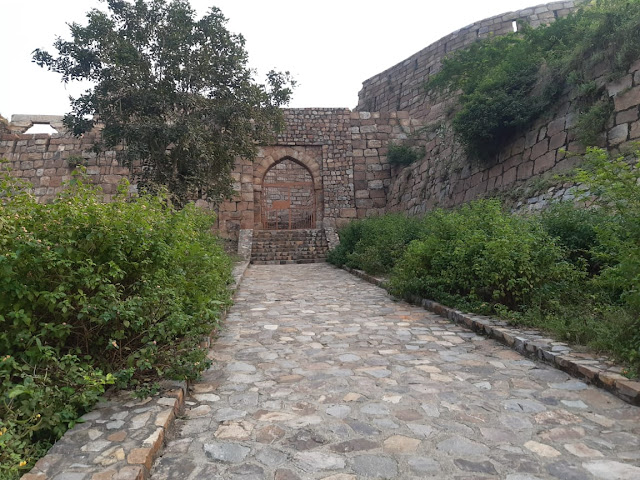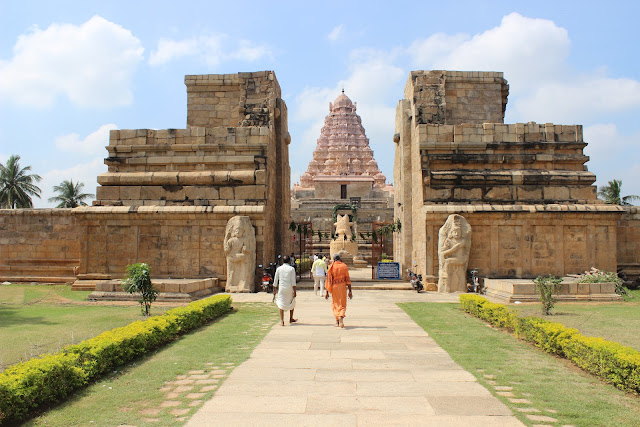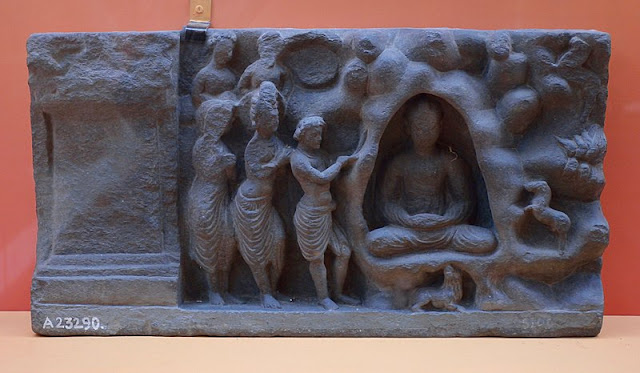The power of the Chola dynasty reached its pinnacle during the reigns of Rajendra Chola (1014- 1042) and his father Rajaraja I (985-1014). Rajendra Chola was the worthy son and successor of his father. Though he succeeded to the Chola throne in 1014, his regal years are counted from 1012 AD when he was declared heir-apparent.
By his military prowess and administrative skill, Rajendra Chola raised the Chola power to the zenith of glory. Probably in 1017 AD, he conquered the whole of Sri Lanka, the northern part of which was already annexed to the Chola empire during the reign of his father Rajaraja I.
In the next year (1018 AD) Rajendra Chola forced the rulers of Kerala and the Pandyan country to accept the suzerainty of the Cholas. He defeated the Western Chalukya power under Jayasimha II Jagadekamalla (c. 1016-42). Rajendra also came in conflict with the Pala ruler of Bengal, Mahipala I, and his armies spread their victorious wings as far as the Ganges. To commemorate this daring victory, he assumed the title of Gangaikondachola (The Chola conquer of the Ganga) and founded a new capital named after him - Gangaikonda – Cholapuram, identified with modern Gangaikondapuram in the Ariyalur district of Tamil Nadu.
Rajendra Chola possessed a powerful fleet and is credited with sending a great naval expedition which occupied parts of South East Asia including Myanmar, Malaya and Sumatra. This naval expedition, unique in the annals of Indian history, was undertaken to presumably suppress the piratical activities of the Indonesian rulers, which were an obstacle to the flourishing trade between China and the South India.
Rajendra Chola is known by a variety of titles such as Tyagasamudra, Gangaikonda and Pandita Chola. Parakesari, Mummudi and Yuddhamalla were some the other titles that were assumed by Rajendra I.
Brihadisvara Temple, Gangaikonda Cholapuram / Image Source
He built the Shiva temple in Gangaikonda Cholapuram. Known as Brihadisvara Temple, this temple has a similar name as the one built by his father in Thanjavur. A UNESCO World Heritage site, this temple is adorned with exquisite granite sculptures.
Rajendra Chola I was succeeded his son Rajadhiraja I, in 1044. Early in the reign of his father Rajadhiraja I was appointed crown prince in 1018. Rajadhiraja I came in conflict with the Western Chalukya ruler Someshvara I Ahvamalla (c1042-1068). In the famous battle of Koppam in 1052 between the Cholas and Western Chalukyas, the Cholas emerged victorious, Rajadhiraja I lost his life, the only Chola ruler to die in battle. His younger brother Rajendra II was crowned king on the battlefield and managed to turn the tide in the battle. He marched on to Kolhapur and where he planted a jayastambha (victory pillar) before returning to his capital Gangaikonda Cholapuram.
Rajadhiraja Chola has assumed the title of Rajakesari.
Reign of Rajendra II witnessed the continuation of the Chalukya-Chola struggle and both sides as usual clamed victory for themselves. He continued the traditional war with the Chalukyas. in 1062 AD he inflicted a crushing defeat on Someshvara I Ahvamalla in the battle of Kudal-Sangamam near the confluence of Tungabhadra and Krishna rivers.
After Rajendra II’s death in 1963, his younger brother Virarajendra Chola came to the throne. During the reign of Rajadhiraja I, Virarajendra served as the viceroy of the Chola province in Sri Lanka. Virarajendra gave his daughter in marriage to the Western Chalukya ruler Vikramaditya VI bringing the perpetual hostilities between the two kingdoms to a temporary suspension. Virarajendra also installed Vijayaditya on the throne of Vengi, which was rightfully Eastern Chalukya prince Kulottunga’s. Vijayaditya was the uncle of Kulottunga.
After Virarajendra’s death in 1070 AD, his son Adhirajendra came to the Chola throne. After ruling for few months Adhirajendra lost his life in a popular rising. Taking advantage of the prevailing confusion Kulottunga captured the Chola throne and expelled Vijayaditya from the Vengi throne.













